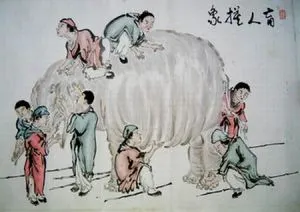windwalker099
Master Black Belt
Not to disappoint on the emoji — here you goYou don't seem to understand Yi, Qi and Li at all..... no sense in discussing this further with you..., I await your misused/overused/condescending laughing emoji
It’s interesting that those most vocal in judging what is or isn’t Taiji rarely show any proof behind what they write. If this were just about words, they’d win — it’s about doing.
Even with people I don’t always agree with, at least they show their work in videos. One may disagree, they can’t dismiss.
Going forward, I’d ask posters to share experiences rather than speak as unknown authorities without showing any of their work. Sincere questions and comments always welcomed— the authoritative tone some take is getting tiring.
Last edited:

